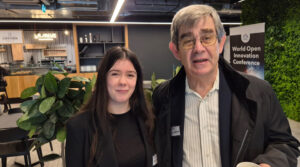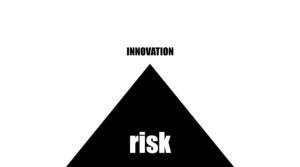
The streaming and cinema industries are about to undergo significant changes.
Here are my predictions about what comes next:
Cinema will decline even faster
The movie industry has been weakening for years with its declining box office revenues, shorter theatrical windows, fewer people going to the movies, and just people generally experiencing franchise fatigue.
Now, with Netflix controlling one of Hollywood’s oldest and biggest studios, I expect even fewer films in cinemas. Warner Bros. and Netflix have different clients. Or maybe you could say they define them differently. Warner Bros. made products for people who went to the movies, while Netflix makes products for people to stream and watch from their homes. I doubt Netflix will change their entire business strategy after buying Warner Bros. Sure, Netflix probably will release some of the movies in the cinema, especially the follow-ups that people are currently expecting (like Superwoman), but there will definitely be less movies in the cinema from now on.
Netflix prices will go up
Netflix already raises prices regularly. Add the cost of acquiring Warner Bros, plus new production, plus integration costs, plus the lack of competitors = subscription hikes are inevitable.
Netflix is the prime example how the streaming industry is loosing its freedom. Now you can only succeed if you get bought by Netflix or Disney, meaning you can’t truly succeed. These big streaming services like Netflix, Disney Plus, Prime Video, already had oligopolies on the industry, now it’s just becoming more evident. Now we can expect more ads, less possibility of sharing passwords. Basically streaming will become like cable TV.
Warner’s Classic Franchises Will Be Rebuilt for Streaming
Netflix will definitely use already established brands from Warner Bros. Meaning we will get Harry Potter, Lord of the Rings, DCU franchises redone. They will definitely also expand on Game of Thrones.
Other streaming services will merge or die
This acquisition will pressure others to either buy, get bought, or die. Other streaming services will probably make moves on their own, like Paramount currently trying to outbid Netflix and buy Warner Bros. for themselves. We’re entering the “Big Three Era” Netflix, Disney, and Amazon/Apple and everyone else becomes niche or gets absorbed.
Your movie habits will change
Streaming was quietly becoming the default, but this acquisition sealed it.
I already feel it in my own life, I don’t go to the cinema as often, and honestly, I don’t feel like I’m missing anything. It’s easier to just watch movies and series at home on your computer instead of going out. Less and less of people yearn for that cinema experience.
For better or worse, the future of movies now belongs to streaming.









